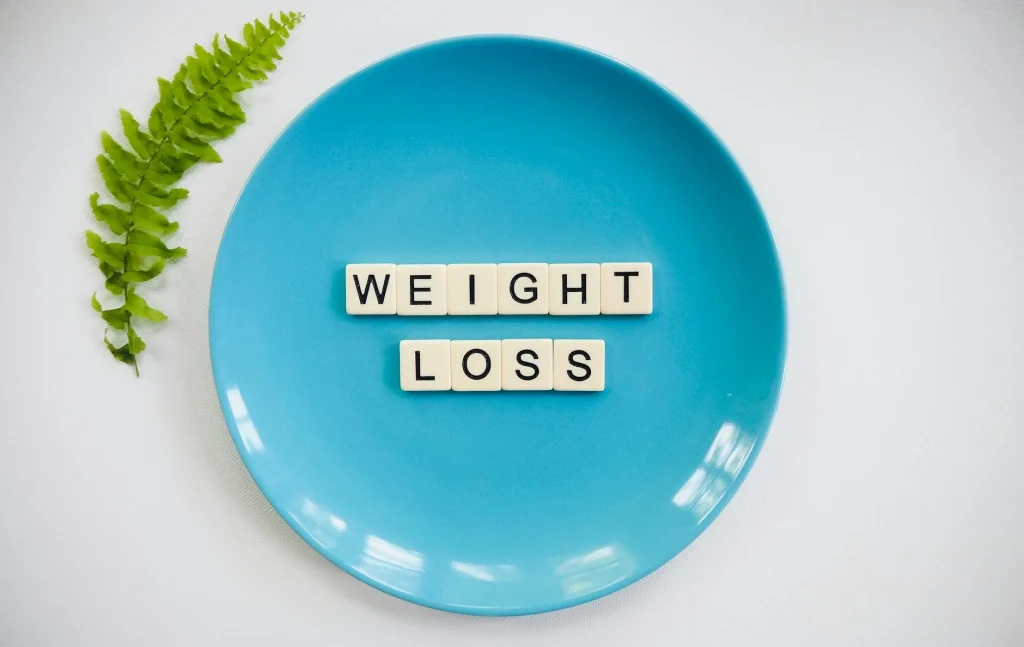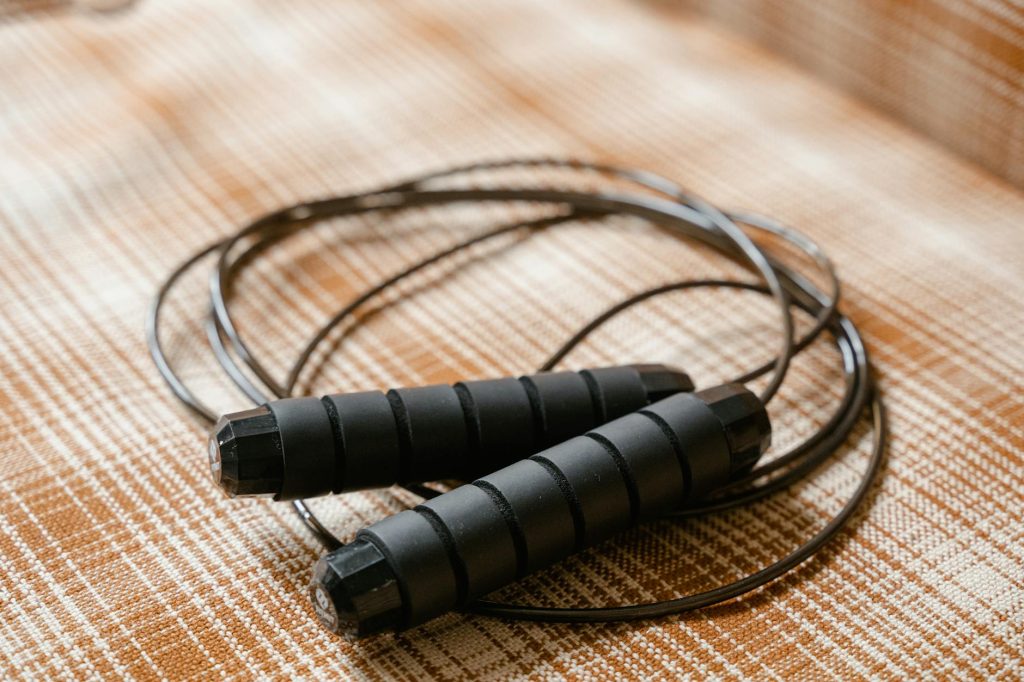Are you tired of endless cardio sessions that don’t seem to budge the scale? 🏃♀️💨 If you’re looking to shed those extra pounds, running might be your secret weapon. But here’s the burning question: What’s the ideal distance to run for effective weight loss?

The truth is, there’s no one-size-fits-all answer. Your optimal running distance depends on various factors, including your fitness level, diet, and overall health goals. However, understanding the science behind running and weight loss can help you create a tailored plan that actually works. Whether you’re a beginner or a seasoned runner, this guide will help you maximize your weight loss potential through smart running strategies.
In this article, we’ll explore the intricate relationship between running and weight loss, discuss optimal distances for shedding pounds, and dive into the factors that influence your running regimen. We’ll also cover different running techniques and complementary strategies to supercharge your weight loss journey. So lace up your shoes and get ready to discover the perfect running distance to help you achieve your dream body! 🏅
Understanding the Relationship Between Running and Weight Loss

How running burns calories
Running is an excellent form of cardiovascular exercise that effectively burns calories and promotes weight loss. When you run, your body requires energy to fuel your muscles, leading to calorie expenditure. The number of calories burned depends on various factors, including your weight, running speed, and duration.
Here’s a breakdown of estimated calorie burn for a 160-pound person running at different speeds for 30 minutes:
| Running Speed (mph) | Calories Burned (30 minutes) |
| 5.0 | 295 |
| 6.0 | 372 |
| 7.0 | 465 |
| 8.0 | 558 |
As you can see, increasing your speed can significantly boost calorie burn. However, it’s essential to find a sustainable pace that allows you to maintain consistency in your running routine.
Importance of consistency in running routines
Consistency is key when it comes to using running as a tool for weight loss. Regular running sessions help create a calorie deficit over time, which is crucial for shedding pounds. To maximize the benefits of running for weight loss, consider the following tips:
- Set a realistic schedule: Aim for 3-5 running sessions per week
- Gradually increase intensity: Start with shorter distances and slower speeds, then progress over time
- Mix up your workouts: Incorporate different types of runs (e.g., long slow distance, interval training)
- Track your progress: Use a fitness app or journal to monitor your runs and stay motivated
- Allow for recovery: Include rest days to prevent burnout and injury
The role of metabolism in weight loss
Running not only burns calories during the activity but also influences your metabolism, which plays a crucial role in weight loss. Here’s how running affects your metabolism:
- Excess Post-Exercise Oxygen Consumption (EPOC): After a run, your body continues to burn calories at an elevated rate for several hours, known as the “afterburn effect.”
- Increased Resting Metabolic Rate (RMR): Regular running can boost your RMR, meaning you burn more calories even when at rest.
- Muscle preservation: While running primarily burns fat, it also helps maintain lean muscle mass, which is essential for a healthy metabolism.
- Hormonal balance: Running can help regulate hormones like cortisol and insulin, which influence metabolism and fat storage.
To optimize the metabolic benefits of running, consider incorporating high-intensity interval training (HIIT) into your routine. HIIT involves alternating between short bursts of intense effort and recovery periods, which can be particularly effective for boosting metabolism and burning fat.
Now that we understand the relationship between running and weight loss, let’s explore the optimal running distances for achieving your weight loss goals.
Optimal Running Distances for Weight Loss
Now that we understand the relationship between running and weight loss, let’s explore the optimal running distances for shedding those extra pounds. The ideal distance varies depending on your fitness level and goals, but we’ll break it down into three main categories: long, medium, and short distances.

A. Pros and Cons of Each Distance Range
To help you choose the right distance for your weight loss journey, let’s examine the advantages and disadvantages of each range:
| Distance Range | Pros | Cons |
| Long (6+ miles) | – Burns more calories – Improves endurance – Boosts metabolism for hours | – Higher risk of injury – Requires more time – May lead to burnout |
| Medium (3-6 miles) | – Balanced calorie burn – Moderate time commitment – Lower injury risk | – May plateau after consistent use – Less intense metabolic boost |
| Short (1-3 miles) | – Ideal for beginners – Easy to fit into busy schedules – Lower impact on joints | – Burns fewer calories per session – May require more frequent runs |
B. Long Distances (6+ miles) for Advanced Runners
For experienced runners looking to maximize calorie burn, long-distance runs can be highly effective. These extended sessions:
- Burn a significant number of calories (600-1000+ per hour)
- Improve cardiovascular endurance
- Boost metabolism for several hours post-run
However, it’s crucial to build up to these distances gradually to avoid injury. Incorporate one long run per week, alternating with shorter runs and rest days.
C. Medium Distances (3-6 miles) for Intermediate Runners
Medium-distance runs offer a sweet spot for many runners aiming to lose weight. They provide:
- A substantial calorie burn (300-600 per session)
- A manageable time commitment (30-60 minutes)
- A good balance between endurance and intensity
Try to include 3-4 medium-distance runs per week, varying your pace and terrain to keep challenging your body.
D. Short Distances (1-3 miles) for Beginners
Short-distance runs are perfect for those new to running or returning after a break. These runs:
- Build a solid foundation for longer distances
- Are less intimidating and more sustainable
- Allow for frequent sessions without overexertion
To maximize weight loss with shorter distances:
- Increase frequency (4-5 times per week)
- Incorporate interval training
- Gradually increase distance as fitness improves
Remember, consistency is key in any running program. Start with a distance that feels challenging but manageable, and progressively increase your mileage as your fitness improves. In the next section, we’ll explore the various factors that can influence the ideal running distance for your weight loss goals.
Factors Influencing Running Distance for Weight Loss
Now that we’ve explored optimal running distances, it’s important to understand that the ideal distance for weight loss isn’t a one-size-fits-all solution. Several factors come into play when determining the most effective running distance for your weight loss journey.

A. Personal goals and time availability
Your weight loss objectives and the time you can dedicate to running significantly impact the distance you should aim for. Consider the following:
- Short-term vs. long-term goals
- Available time for running sessions
- Frequency of runs per week
| Goal Type | Recommended Weekly Distance | Time Commitment |
| Moderate weight loss | 15-20 miles | 2-3 hours |
| Aggressive weight loss | 25-30 miles | 3-4 hours |
| Maintenance | 10-15 miles | 1-2 hours |
B. Injury risk and recovery needs
Balancing running distance with injury prevention is crucial for sustainable weight loss. Factors to consider include:
- Previous injuries
- Recovery time between runs
- Proper warm-up and cool-down routines
C. Age and gender considerations
Age and gender play roles in determining appropriate running distances:
- Younger runners may recover faster, allowing for longer distances
- Older runners might need more recovery time
- Gender differences in metabolism and muscle mass can affect optimal running distances
D. Body composition and weight
Your current body composition influences the distance you should run:
- Heavier individuals may need to start with shorter distances to protect joints
- Those with higher muscle mass might be able to handle longer distances
- Body fat percentage can affect endurance and recovery times
E. Current fitness level
Your existing fitness level is a crucial factor in determining running distance:
- Beginners: Start with shorter distances (1-2 miles) and gradually increase
- Intermediate runners: Aim for moderate distances (3-5 miles) per session
- Advanced runners: Can handle longer distances (6+ miles) more frequently
Remember to listen to your body and adjust your running distance accordingly. It’s essential to find a balance between challenging yourself and avoiding overexertion or injury.
Next, we’ll explore how incorporating different running techniques can further enhance your weight loss efforts and make your running routine more effective and enjoyable.
Complementary Strategies to Enhance Weight Loss
Now that we’ve covered various aspects of running for weight loss, let’s explore complementary strategies that can significantly boost your results. While running is an excellent foundation for weight loss, incorporating these additional elements can help you achieve your goals more efficiently and sustainably.

Monitoring Progress and Adjusting Goals
Tracking your progress is crucial for maintaining motivation and ensuring you’re on the right path. Here are some effective ways to monitor your weight loss journey:
- Regular weigh-ins (weekly or bi-weekly)
- Body measurements (waist, hips, thighs)
- Progress photos
- Fitness assessments (timed runs, strength tests)
| Metric | Frequency | Purpose |
| Weight | Weekly | Track overall weight loss |
| Body measurements | Bi-weekly | Monitor changes in body composition |
| Progress photos | Monthly | Visualize physical changes |
| Fitness assessments | Monthly | Evaluate performance improvements |
As you progress, it’s important to adjust your goals accordingly. This might mean increasing your running distance, setting new time targets, or focusing on specific areas of improvement.
Rest and Recovery Importance
While it may seem counterintuitive, rest is just as important as exercise when it comes to weight loss. Proper recovery:
- Prevents burnout and overtraining
- Allows muscles to repair and grow stronger
- Reduces the risk of injury
- Improves overall performance
Incorporate rest days into your running schedule and consider active recovery activities like yoga or light stretching to maintain flexibility and promote healing.
Strength Training for Muscle Development
Complementing your running routine with strength training can significantly enhance your weight loss efforts. Benefits include:
- Increased metabolic rate
- Improved running performance
- Enhanced body composition
- Reduced risk of injury
Aim to include 2-3 strength training sessions per week, focusing on compound exercises that target multiple muscle groups, such as:
- Squats
- Deadlifts
- Push-ups
- Lunges
- Planks
Proper Nutrition and Hydration
Your diet plays a crucial role in supporting your running and weight loss goals. Focus on:
- Balanced macronutrients (carbohydrates, proteins, and healthy fats)
- Adequate calorie intake to fuel your runs without hindering weight loss
- Nutrient-dense foods to support overall health and recovery
Hydration is equally important. Proper fluid intake:
- Supports performance during runs
- Aids in recovery
- Helps regulate appetite
Aim to drink water consistently throughout the day and consider electrolyte-rich beverages for longer runs.
By incorporating these complementary strategies alongside your running routine, you’ll create a comprehensive approach to weight loss that addresses multiple aspects of health and fitness. This holistic method will not only help you achieve your weight loss goals but also improve your overall well-being and running performance.
Conclusion
Running can be an effective tool for weight loss, but the ideal distance depends on various factors unique to each individual. While there’s no one-size-fits-all approach, incorporating a mix of short, high-intensity runs and longer, steady-state runs can help maximize calorie burn and fat loss. Remember to consider your fitness level, time constraints, and personal goals when determining your optimal running distance.
To make the most of your weight loss journey through running, combine your exercise routine with a balanced diet and proper recovery. Gradually increase your running distance and intensity over time to avoid injury and continue challenging your body. By staying consistent, listening to your body, and adjusting your approach as needed, you can harness the power of running to achieve your weight loss goals and improve your overall health and fitness.






